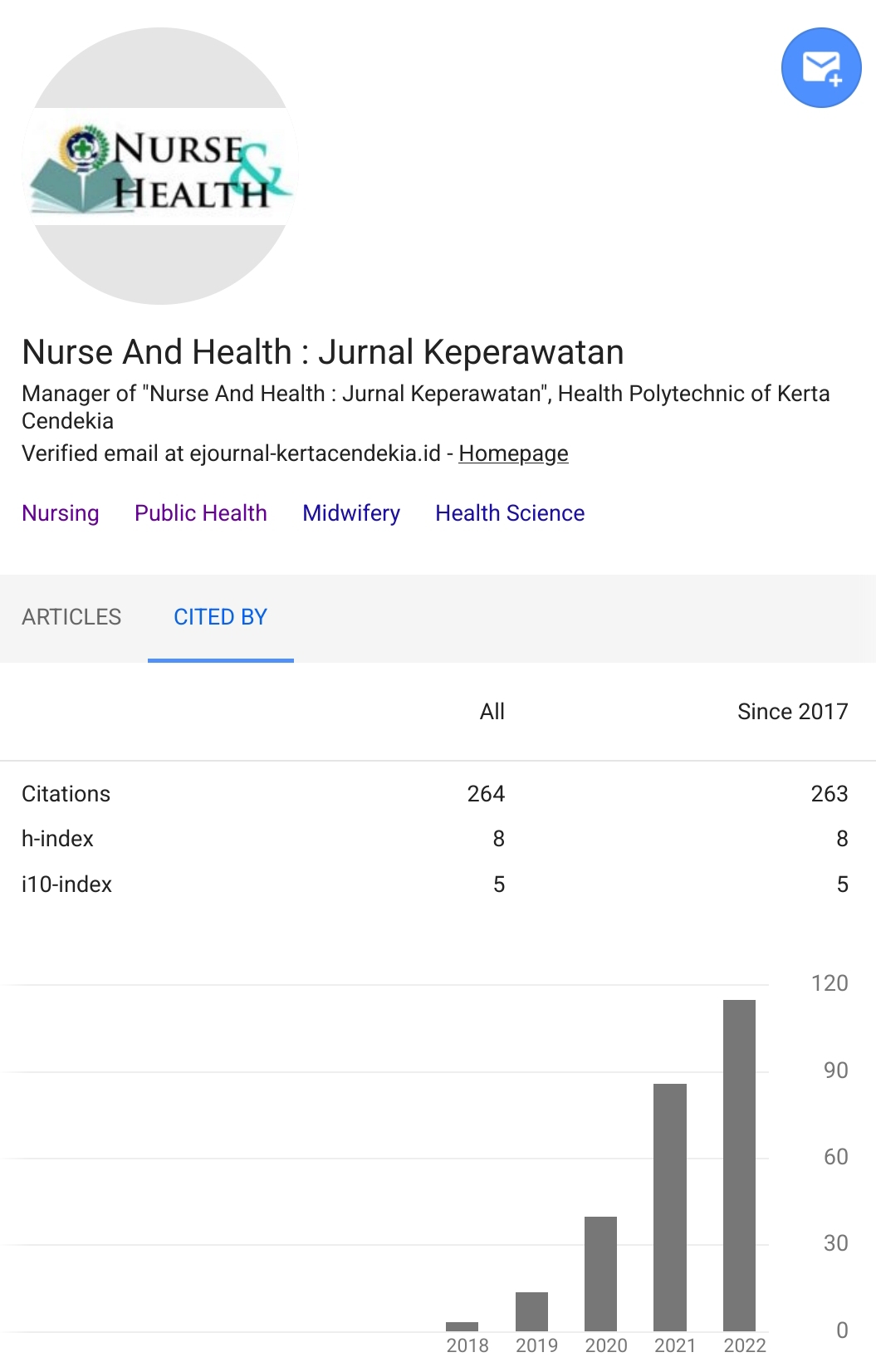COGNITIVE BEHAVIOURAL THERAPY TO REDUCE DEPRESSION IN POST STROKE PATIENTS: A SCOPING REVIEW
Keywords:
Cognitive behavioral therapy, post stroke depression
Abstract
Background: Post-stroke depression is one of the psychological disorders that is often experienced by post-stroke patients. Depression is more than just sadness. People with post-stroke depression will experience a lack of interest and pleasure in daily activities, weight loss or excessive sleep, lack of energy, inability to concentrate, feelings of worthlessness or guilt and recurring thoughts of death or suicide. Based on several types of post-stroke depression management, psychosocial interventions have been shown to reduce the likelihood of developing post-stroke depression. One of the interventions to reduce post-stroke depression is cognitive behavioral therapy. Objective: This scoping review aims to identify the effectiveness of cognitive behavioral therapy to reduce depression in post-stroke patients. Design: This study used a scoping review through a review of articles on cognitive behavioral therapy that has been used to reduce depression in post-stroke patients. Data Sources: Search for articles accessed through a database, including: CINAHL, MEDLINE, Academic search ultimate, PubMed, and google scholar with a range of search years 2011-2020. Review Methods: Quality appraisal assessment for each selected study was conducted using the Preferred Reporting Items for scoping review (PRISMA) method. Results: The results of this literature review show that cognitive behavioral therapy to reduce depression in post-stroke patients can change thoughts, feelings and behaviors to influence each other. The relationship between thoughts, feelings and behavior greatly influences respondents in dealing with post-stroke conditions with a positive way of thinking so that it will accelerate or help the post-stroke recovery process. The way to implement cognitive behavioral therapy is to be given as many as 12 sessions in 25-35 minutes each session. Cognitive behavioral therapy can be done in a hospital and has a significant post-stroke depression rate with p <0.01. Conclusion: Cognitive behavioral therapy can be given as an intervention to reduce depression in post-stroke patients including cognitive behavioral therapy, duration of cognitive behavioral therapy and sessions in cognitive behavioral therapy.Downloads
Download data is not yet available.
References
S., H. J. P. T. & G. (2011). Cochrane handbook for systematic reviews of interventions version 5.1.0. 5.1.0. www.handbook.cochrane.org;
Published
2021-06-09
How to Cite
Susanti, D. P., Kusumaningrum, N. S. D., & Handayani , F. (2021). COGNITIVE BEHAVIOURAL THERAPY TO REDUCE DEPRESSION IN POST STROKE PATIENTS: A SCOPING REVIEW. Nurse and Health: Jurnal Keperawatan, 10(1), 116-125. https://doi.org/10.36720/nhjk.v10i1.234
Section
Review Article
Authors who publish with Nurse and Health: Jurnal Keperawatan agree to the following terms:
- Authors retain copyright licensed under a Creative Commons Attribution-NonCommercial 4.0 (CC BY-NC 4.0), which allows others to remix, tweak, and build upon the authors' work non-commercially, and although the others' new works must also acknowledge the authors and be non-commercial, they don't have to license their derivative works on the same terms.
- Authors are permitted and encouraged to post their work online (e.g., in institutional repositories or on their website) prior to and during the submission process, as it can lead to productive exchanges, as well as earlier and greater citation of published work (See The Effect of Open Access). Authors can archive pre-print and post-print or publisher's version/PDF.























